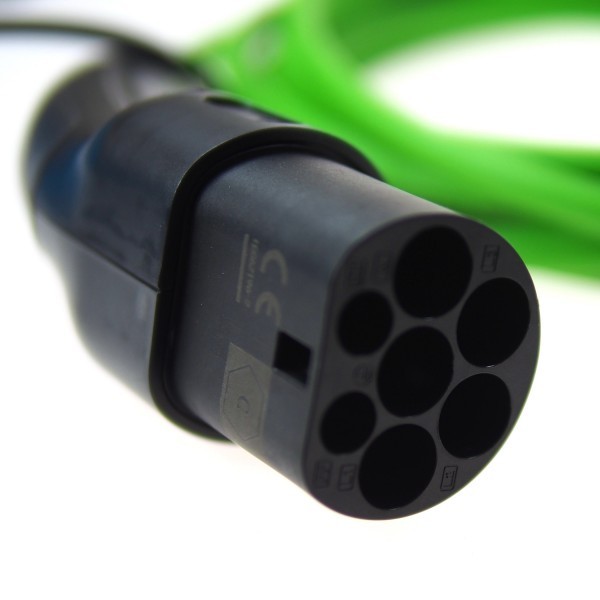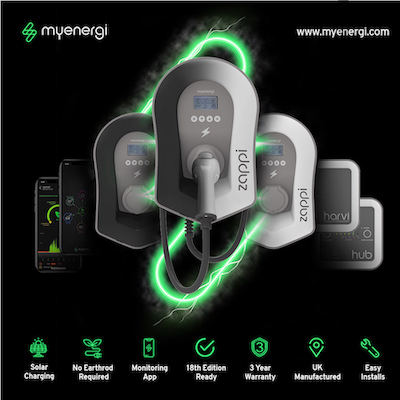Electric Cars: The Basics
For those of you new to zero-emission electric driving, we recommend a read of the following articles:
EV Charging Cables: The Basics
When do you need an electric car charging cable? Quite simply when you need to charge your EV, either at home or at a public charge point. If your home charge point has a tethered cable, then you will not need to use another cable for charging at home. However, you will still need a cable in your car for charging at a public EV charging point. We recommend you always carry one. For avoidance of doubt, all types of electric cars will require a charging cable to charge, to include, plug-in hybrid electric vehicle (PHEVs) and battery-electric-vehicles (BEVs).

Electric car charging cables come in various lengths, starting from 2m up to 25m. We believe carrying a 5m cable should work well for most of your charging needs in terms of weight and ease of storage. You can buy a 5m EV charging cable type 2 through e-zoomed at very attractive prices. It may seem ‘silly’ but choice of colour is also important. For some reason, the EV community does not discuss this much. No, we are not talking about buying a cable that matches your wardrobe or electric car colour.
In general, the majority of cables currently used by electric car drivers are black in colour. No doubt, black is smart, but not practical. We would recommend buying brightly coloured cables instead. As you are aware, when charging at public points, to include on-street charging, the visibility of the cable will avoid any potential public liability issues, like an individual tripping over the cable. In particular, when charging during low light and night conditions.
We also recommend buying an EV charging cable carry case. Again, from a practical point of view, it is useful in storing the EV cable neatly in your car. Moreover, the case protects the EV cable from potential damage. As is the case with any new technology, the EV industry has yet to harmonize charging cable protocols, hence the reason why different ‘types’ exist. However, there is good reason to cheer, as the majority of new EVs are moving to Type 2.
Also, most public charging points and non-tethered home chargers have a Type 2 socket. The Type 1 plug allows for charging up to 7.4 kW. The Type 2 plug can charge up to 22 kW and even higher. The other plug types include, Combined Charging Systems (CCS)and CHAdeMO.

Your electric vehicle will have either a Type 1 or Type 2 car inlet socket. Type 1 inlet is the American and Japanese standard (J1772). Type 2 inlet is the standard in Europe (IEC 62196). Both have pins to carry power, a safety ground and communication.

Therefore the EV charging cable needs to ‘fit’ the vehicle socket. If confused just check the EV manual for the ‘Type’ of charging cable required. EV cables come in different ‘current ratings’, usually a 16 amp or 32 amp. We recommend buying a 32 amp cable if suitable for your needs. Older EVs are fitted with a 3.6 kW onboard charger as standard that needs a 16 amp EV cable.
However, newer electric cars have a 7kW charging capability that requires a 32 amp cable. Also, EV cables are either single phase or 3 phase. So before you splash out on a 32 amp cable, make certain your EV is capable of taking advantage!
While e-zoomed uses reasonable efforts to provide accurate and up-to-date information, some of the information provided is gathered from third parties and has not been independently verified by e-zoomed. While the information from the third party sources is believed to be reliable, no warranty, express or implied, is made by e-zoomed regarding the accuracy, adequacy, completeness, legality, reliability or usefulness of any information. This disclaimer applies to both isolated and aggregate uses of this information.



























